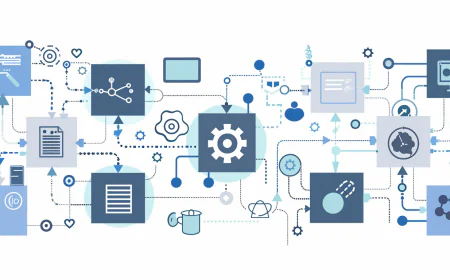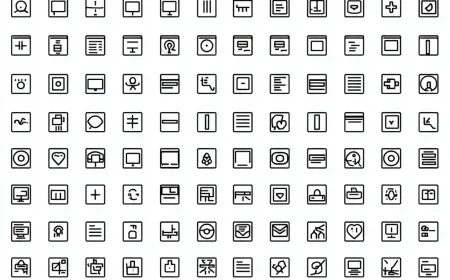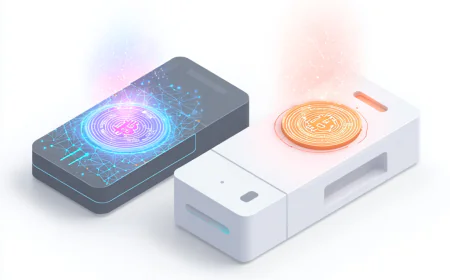Top 30 Custom GPTs to Try in 2025 (Hand-Picked & Categorized)
The definitive, regularly updated list of 30 must-try custom GPTs—categorized for research, coding, design, marketing, and productivity.

How to Build, Launch & Monetize a GPT App in 2025
Updated: August 30, 2025
1) Pick a winnable niche
- Serve a specific workflow (e.g., “summarize legal PDFs with citations”).
- Identify a clear “job to be done” and measure success (speed, accuracy, outputs).
2) Design your GPT
- System instructions: Scope, style, guardrails, and step-by-step behavior.
- Knowledge: Upload reference docs, FAQs, or templates.
- Capabilities: Enable browsing, image generation, or file analysis if needed.
3) Add Actions (optional, powerful)
- Connect to external tools (CRMs, spreadsheets, design apps) via APIs or integrations.
- Keep actions minimal at first; log inputs/outputs for debugging.
4) Prepare for publishing
- Branding: Name, icon, short & long descriptions.
- Safety & compliance: Respect policies; avoid risky outputs.
- Testing: Edge cases, malformed inputs, high-load scenarios.
5) Distribution playbook
- Ship a tight demo video and a clear “first prompt.”
- Collect social proof (testimonials, star ratings) and iterate weekly.
- Create use-case landing pages and short tutorials.
6) Monetization models
- Direct: Store revenue programs (where available).
- Indirect: SaaS upsell, paid templates, premium datasets, memberships.
- Partnerships: Affiliate links or co-marketing with tooling partners.
- Define success metrics (activation & retention).
- Instrument feedback (thumbs up/down + issue form).
- Track usage cohorts and add a changelog.
- Ship small improvements every week.
FAQ
How do I get users? Solve a painful niche problem, then show 30–60s proofs on social and communities.
What about updates? Keep a simple changelog and announce improvements to convert lapsed users.
What's Your Reaction?
 Like
0
Like
0
 Dislike
0
Dislike
0
 Love
0
Love
0
 Funny
0
Funny
0
 Angry
0
Angry
0
 Sad
0
Sad
0
 Wow
0
Wow
0







































